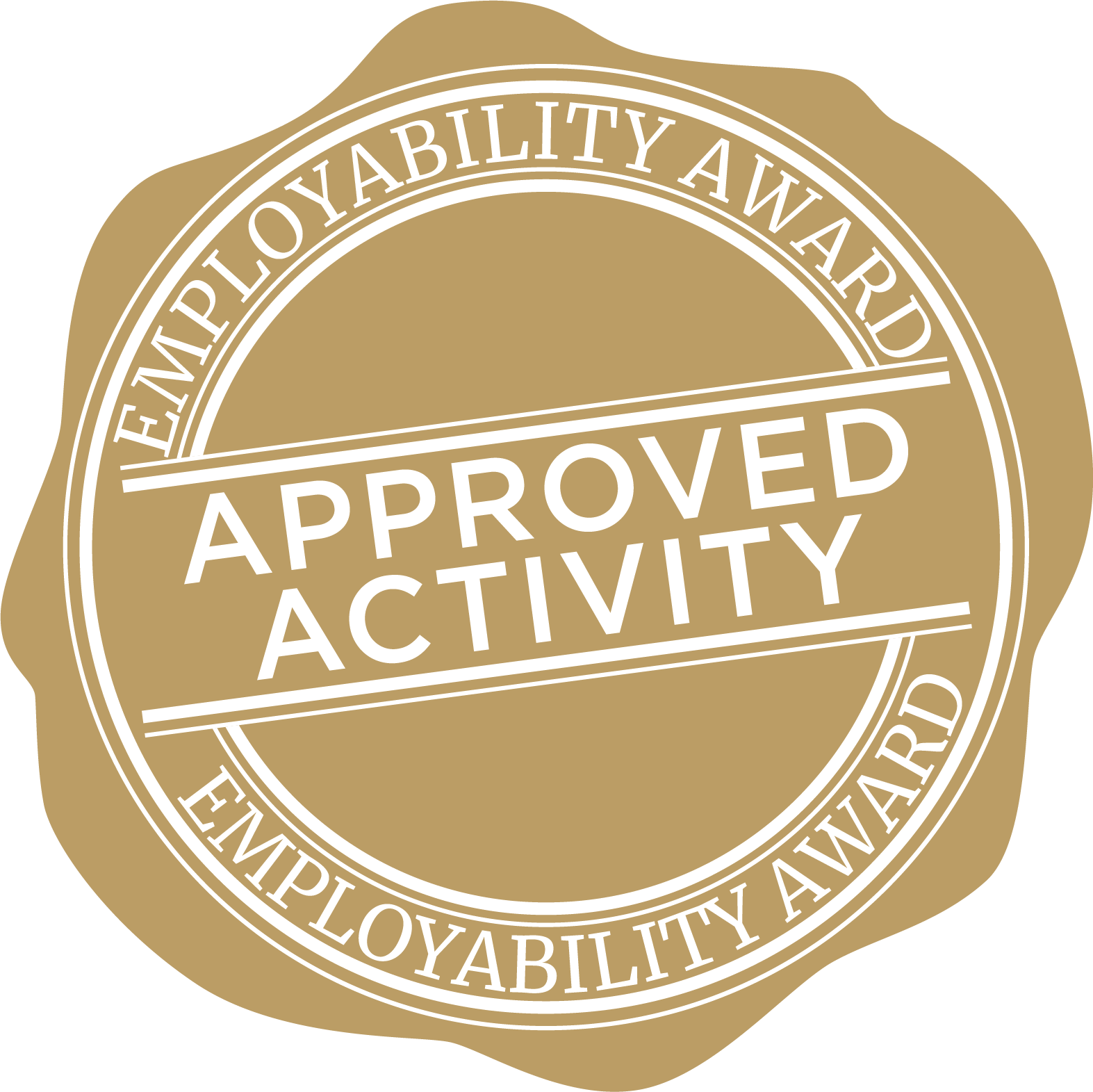Welcome to the Creating Brave Spaces for Health Communication module.
Acknowledgement of Country
 We would like to acknowledge the Traditional Custodians of the lands on which this module was designed and developed, the Yuggera and Turrbal people. We invite you to learn about and acknowledge the Traditional Custodians of the lands on which you join us.
We would like to acknowledge the Traditional Custodians of the lands on which this module was designed and developed, the Yuggera and Turrbal people. We invite you to learn about and acknowledge the Traditional Custodians of the lands on which you join us.
We would like to pay our respects to the Ancestors and Descendants of these lands and acknowledge their continued cultural and spiritual connections to Country. We would also like to recognise their valuable contributions to Australian and global society.
Acknowledging Country is not a tick box exercise, particularly in this module about creating brave and safer spaces in health communication. Acknowledging Country is a process for learning and respectfully engaging in cultural protocols from your own cultural position. By situating ourselves in relationship to Country, we are seeking to be open and to reflect on the space and place we occupy – working to make it more culturally respectful and inclusive. With that in mind, we would like to acknowledge the tremendous contribution of Aboriginal and Torres Strait Islander peoples to Western ideas and understanding of the concepts and practices that we will be learning about in this module.
Learning Objectives
 With these important introductory notes, let’s dive into the Learning Objectives for this module:
With these important introductory notes, let’s dive into the Learning Objectives for this module:
By the end of this module, you will be able to:
- Understand the concepts ‘identity’ and ‘culture’
- Identify and understand how identity and culture inform the differences between cultural competence, cultural safety and cultural humility in health communication
- Identify the role of reflection and reflexivity in creating brave and safer spaces for health communication 1,2
- Understand the importance of creating brave and safer spaces for health communication1,2
Disclaimer: Sometimes learning is a bit uncomfortable. You may be aware of these feelings during some parts of this module. We encourage you to notice when this is happening and spend time to reflect on why these feelings of discomfort might have arisen to deepen your learning experience.
As you go through this module, we suggest that you1:
- Understand that you may not agree with everything about this aspect of health communication
- Own your own intentions and impact in health communication
- Enter into health communication challenges by choice and with intention
- Consider what respect looks like for you as you engage with this module and as you seek to apply this to health communication contexts
- Remember to challenge ideas and not people.
7. References
- Arao B, Clemens K. From safe spaces to brave spaces. The art of effective facilitation: Reflections from social justice educators. 2013:135-50.
- Anderson L, Riley L. Crafting safer spaces for teaching about race and intersectionality in Australian Indigenous Studies. The Australian Journal of Indigenous Education. 2021 Dec;50(2):229-36.
- United Nations Educational, Scientific and Cultural Organization (UNESCO): Universal Declaration on Cultural Diversity. Paris, France. 2001. Available from: https://en.unesco.org/about-us/legal-affairs/unesco-universal-declaration-cultural-diversity
- Martin K, Mirraboopa B. Ways of knowing, being and doing: A theoretical framework and methods for indigenous and indigenist re‐search. Journal of Australian studies. 2003 Jan 1;27(76):203-14.
- Hankivsky O, Grace D, Hunting G, Giesbrecht M, Fridkin A, Rudrum S, Ferlatte O, Clark N. An intersectionality-based policy analysis framework: critical reflections on a methodology for advancing equity. International journal for equity in health. 2014 Dec;13(1):1-6.
- Crenshaw, Kimberle. "Demarginalizing the Intersection of Race and Sex: A Black Feminist Critique of Antidiscrimination Doctrine, Feminist Theory and Antiracist Politics," University of Chicago Legal Forum: Vol. 1989: Iss. 1, Article 8. Available at: http://chicagounbound.uchicago.edu/uclf/vol1989/iss1/8
- Gkiouleka A, Huijts T, Beckfield J, Bambra C. Understanding the micro and macro politics of health: Inequalities, intersectionality & institutions-A research agenda. Social Science & Medicine. 2018 Mar 1;200:92-8.
- Fredericks B, Thompson M. Collaborative voices: ongoing reflections on cultural competency and the health care of Australian Indigenous people. Journal of Australian Indigenous Issues. 2010;13(3):10-20.
- Frawley J, Russell G, Sherwood J. Cultural Competence and the Higher Education Sector: Australian Perspectives, Policies and Practice. Springer Nature; 2020.
- Nursing Council of New Zealand. Guidelines for cultural safety, the treaty of Waitangi, and Maori health in nursing and midwifery education and practice. Wellington; 2002.
- Ramsden I. Cultural safety and nursing education in Aotearoa and Te Waipounamu (Doctoral dissertation, Victoria University of Wellington). Wellington; 2002.
- Bin-Sallik M. Cultural safety: Let's name it! Australian Journal of Indigenous Education, The. 2003;32:21.
- Tervalon M, Murray-García J. Cultural Humility Versus Cultural Competence: A Critical Distinction in Defining Physician Training Outcomes in Multicultural Education. J Health Care Poor Underserved [Internet]. 1998 [cited 2021 24 Nov]; 9(2):[117-25 pp.]. Available from: https://doi.org/10.1353/hpu.2010.0233.
- Foronda C, Baptiste D-L, Reinholdt MM, Ousman K. Cultural Humility: A Concept Analysis. J Transcult Nurs [Internet]. 2016 [cited 2021 3 Nov]; 27(3):[210-7 pp.]. Available from: https://doi-org.ezproxy.library.uq.edu.au/10.1177%2F1043659615592677.
- Brown KT, Ostrove JM. What does it mean to be an ally?: The perception of allies from the perspective of people of color. Journal of Applied Social Psychology. 2013 Nov;43(11):2211-22.
- Sylvain, D. Creating Brave Space. . 2020. Available from: https://www.youtube.com/watch?v=83rYV5SDqzY&t=192s [Accessed 23 Feb 2022].
